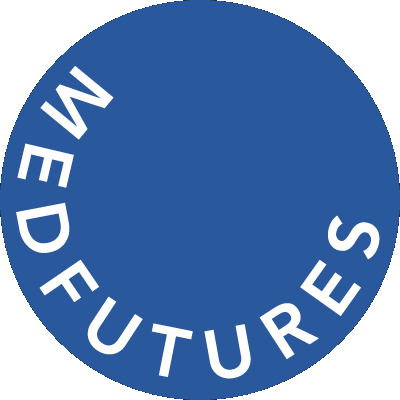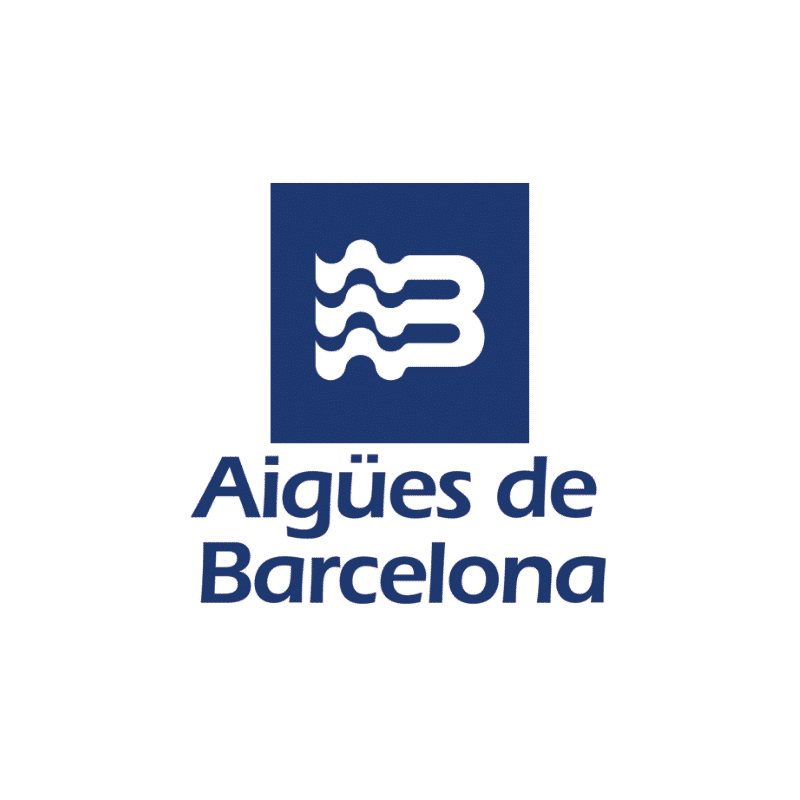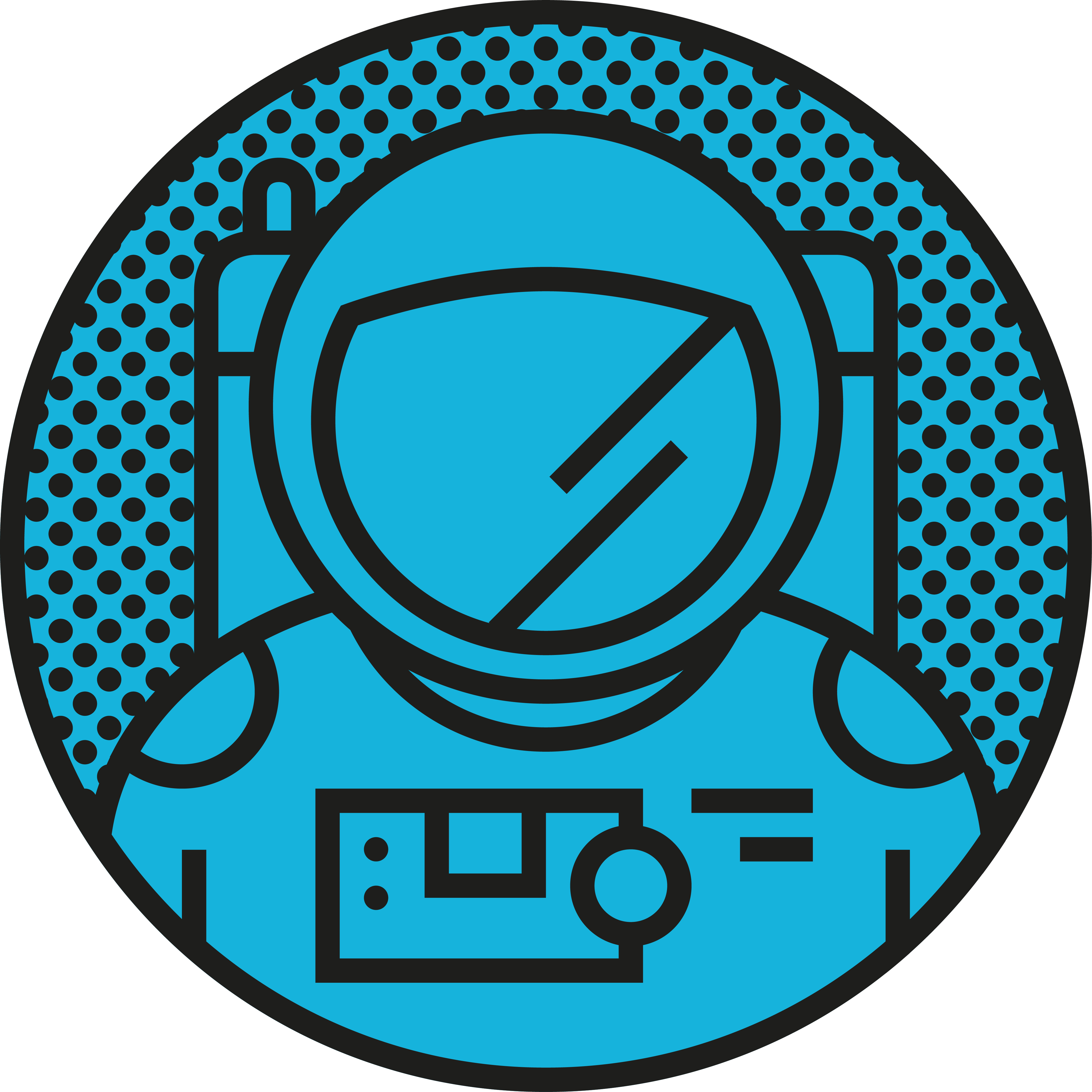Catalonia (Barcelona)
A museum created in Minecraft is craftily encouraging citizens to fight climate change in virtual worlds – to help solve society’s problems IRL.
Imagine if you had an audience of half a billion people at your disposal. Would you use that power for good?
Welcome to the social power of Minecraft. The biggest-selling video game of all time – as widely recognised on the streets of Colombia as it is in Catalonia – the ‘Lego of a new generation’ allows players to build 3D worlds with different types of textured cubes of virtual ‘blocks’ and then explore and craft items within their new world. These ‘maps’ can be shared with friends and can be educational, without kids even realising it… like the Minecraft Water Museum (Museu de les Aigües).
“Everyone is part of this world that has been given to us and we are all responsible for improving it.” – Marta Soler Artiga
Launched in December 2020 by Barcelona’s Museu de les Aigües, players are challenged to build a refuge for biodiversity within a Minecraft world set inside a Water Museum…

… which is also a physical museum 20-minutes from Barcelona’s city centre in Cornellà de Llobregat.
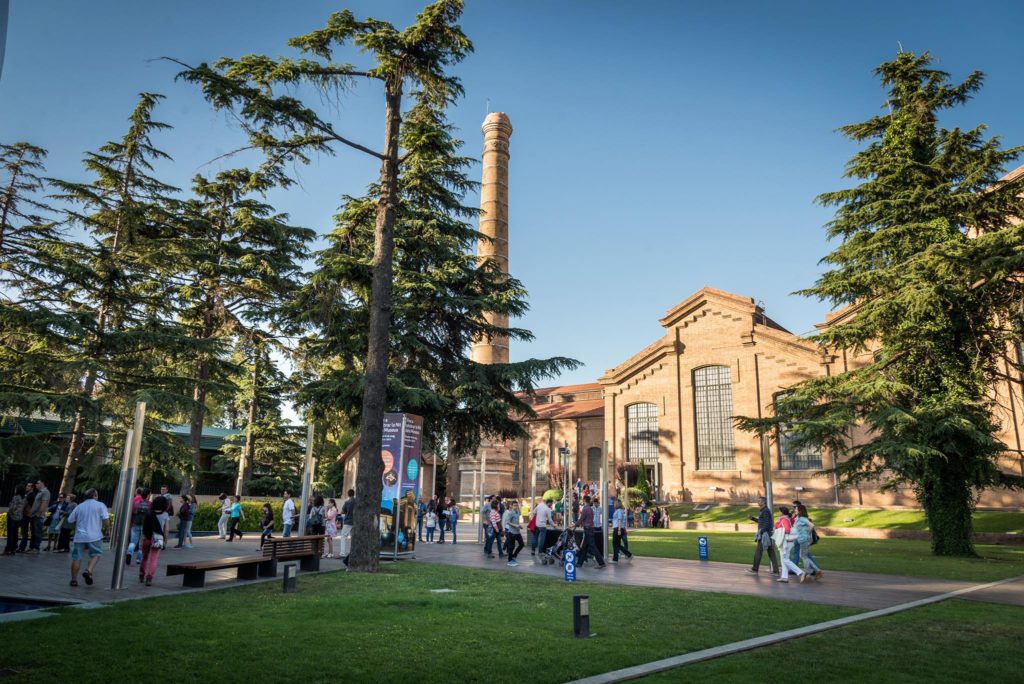
Suitable for anyone from the age of seven, users collaborate throughout the creative 3D adventure game to face the two great challenges of the planet: climate change and the loss of biodiversity. So anyone can look after endangered wildlife – from home. The aim of the game is to simply convey the message that we need to do something and players learn how we can help with small actions.
Players must protect all creatures, big or small, by creating an action plan to raise and protect the native flora and fauna of the Museum, getting native species to reproduce and providing shelter and food.

Marta Soler Artiga is the Water Museum’s Head of Educational Programmes. She tells us that it’s critical that more and more people understand the threats of water scarcity and global warming in a non-threatening and thought-provoking way: “Everyone is part of this world that has been given to us and we are all responsible for improving it. With this playful and educational project, we can all discover ways to reduce the negative impact of human activity.”
She explains that Agbar particularly wants to share – digitally – the actions that the Water Museum promotes that address the problems that climate change causes for Mediterranean species.
“Users can reintroduce species and naturalise urban spaces by creating a new environment and see results immediately,” she explains. “For example, if we plant the right flowers to create an ‘insect hotel’, we can see bees nesting and if we revive a lake, the frogs that disappeared from this landscape years ago will return.”
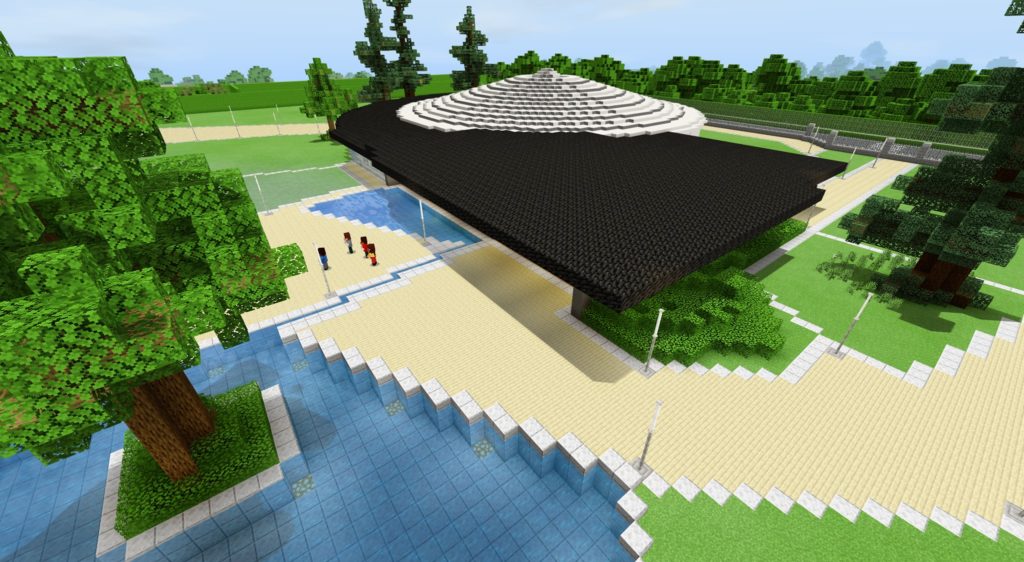
Minecraft’s blocks are a very colourful and simple way to show the real effects of a global temperature rise, which we are seeing more and more. “In the Mediterranean, the increase in temperature leads to an increase in the evaporation and evapotranspiration of plants and, consequently, favourable conditions for droughts. If the precipitation decreases, the problem is aggravated. Global warming also creates the right conditions for forest fires. Sudden temperature rises can also trigger significant snow avalanches in winter and spring.”
One of the advantages of digitisation is that you can create imaginary worlds. Marta sees the pandemic as an opportunity for Agbar to explore new ways of disseminating information about water, climate change mitigation and sustainability with a clear commitment to digital transformation and educational activities for schools and citizens.
“Provoking new ways of looking at things and generating real conversations around water creates more global awareness about this resource that gives us life and meaning.”
As well as the Minecraft game, the team have created a set of playful programmes that break down the barriers and conditions that exist in the physical space. Students, families, children and older people can experiment digitally and learn about the world of water through innovative augmented reality projects, visiting water cycle facilities and escape rooms.
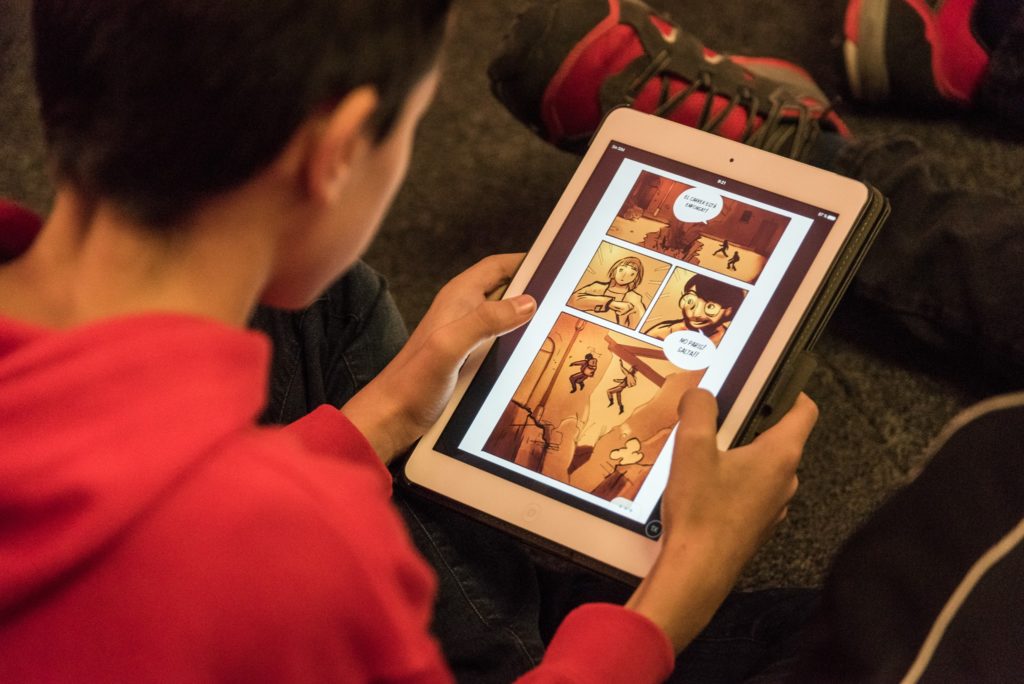
Agbar plan to keep offering new innovative educational proposals that that challenge us to solve problems, such as a video series on water science, online video games and construction games based on tinkering. “Using materials that we have at home, families can invent devices to manage water in the event of floods or droughts.”
They are even giving out free Minecraft Education account subscriptions to help give access to as many people as possible, helping to combat the digital divide – in an open manner, as is Barcelona’s way.
“We can all work to transform our immediate environment. Day by day, drop by drop, and through education and knowledge, we want to generate a big wave that will evolve our society towards a more sustainable and water-sensitive world,” adds Marta.
Learning about climate change and water education has never been so fun. Imagine half a billion more people caring about our planet.
AtlasAction: All activities are free and available on the Water Museum website. To access the game download Minecraft Education Edition here. To log in, request a valid user account here: museudelesaigues@agbar.es
Read more ► The Atlas guide to Minecraft
Project leader
Museu de les Aigües
Partners
This project has been selected as part of MedFutures, a new content channel that maps the most innovative and inspiring solutions to the water and climate crisis in the Mediterranean and the people behind them. Atlas of the Future is excited to join forces with Aigües de Barcelona.
Support the Atlas
We want the Atlas of the Future media platform and our event to be available to everybody, everywhere for free – always. Fancy helping us spread stories of hope and optimism to create a better tomorrow? For those able, we'd be grateful for any donation.
- Please support the Atlas here
- Thank you!
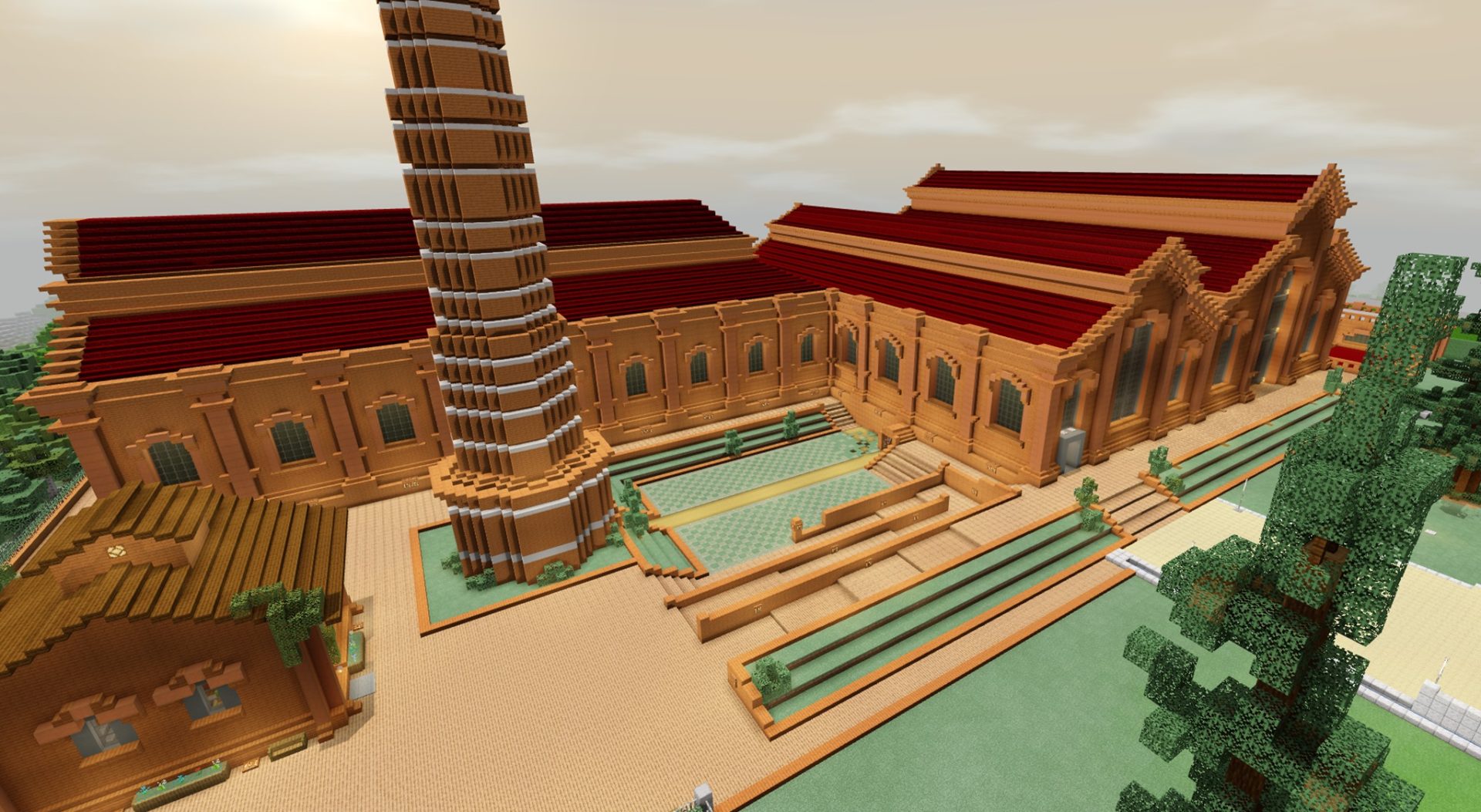

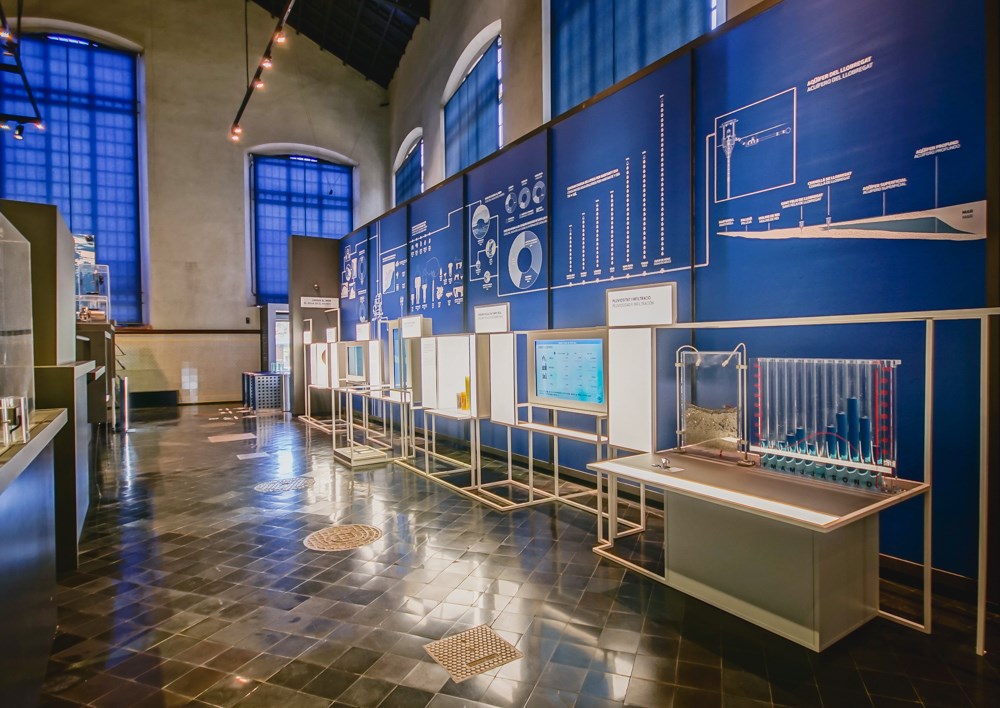
Inside the real Water Museum

The Water Museum today
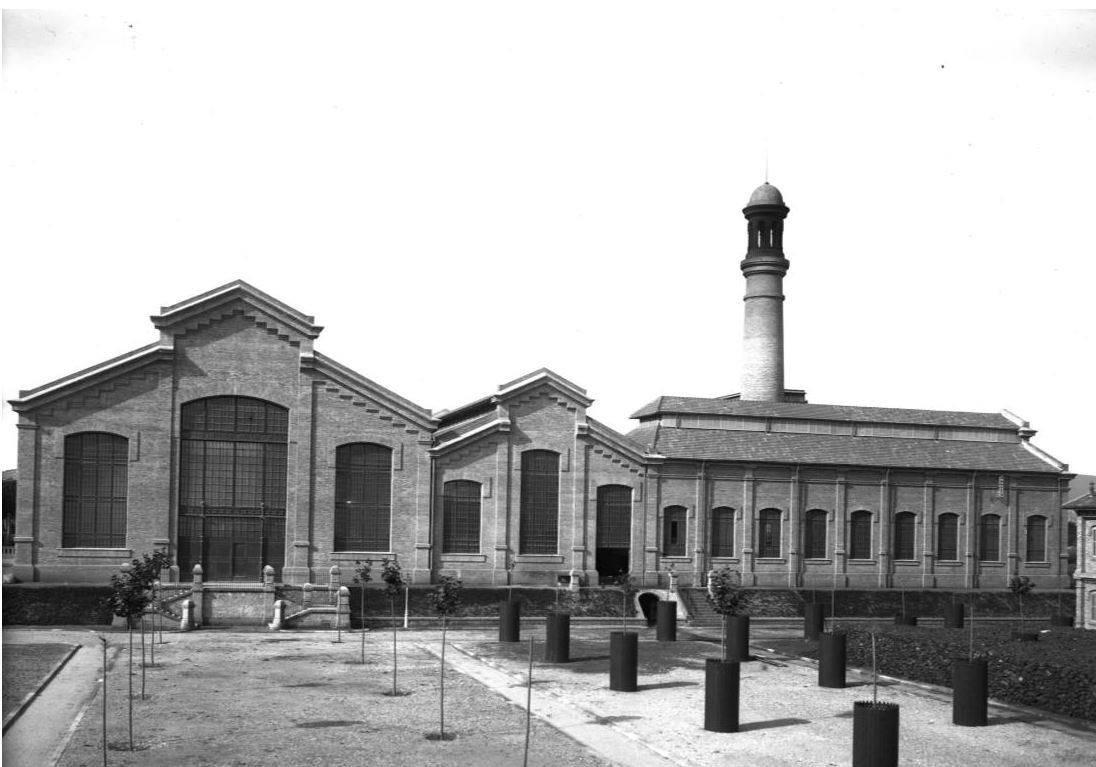
The Water Museum was designed by modernist architect Josep Amargós i Samarach in 1905 as a water catchment plant
